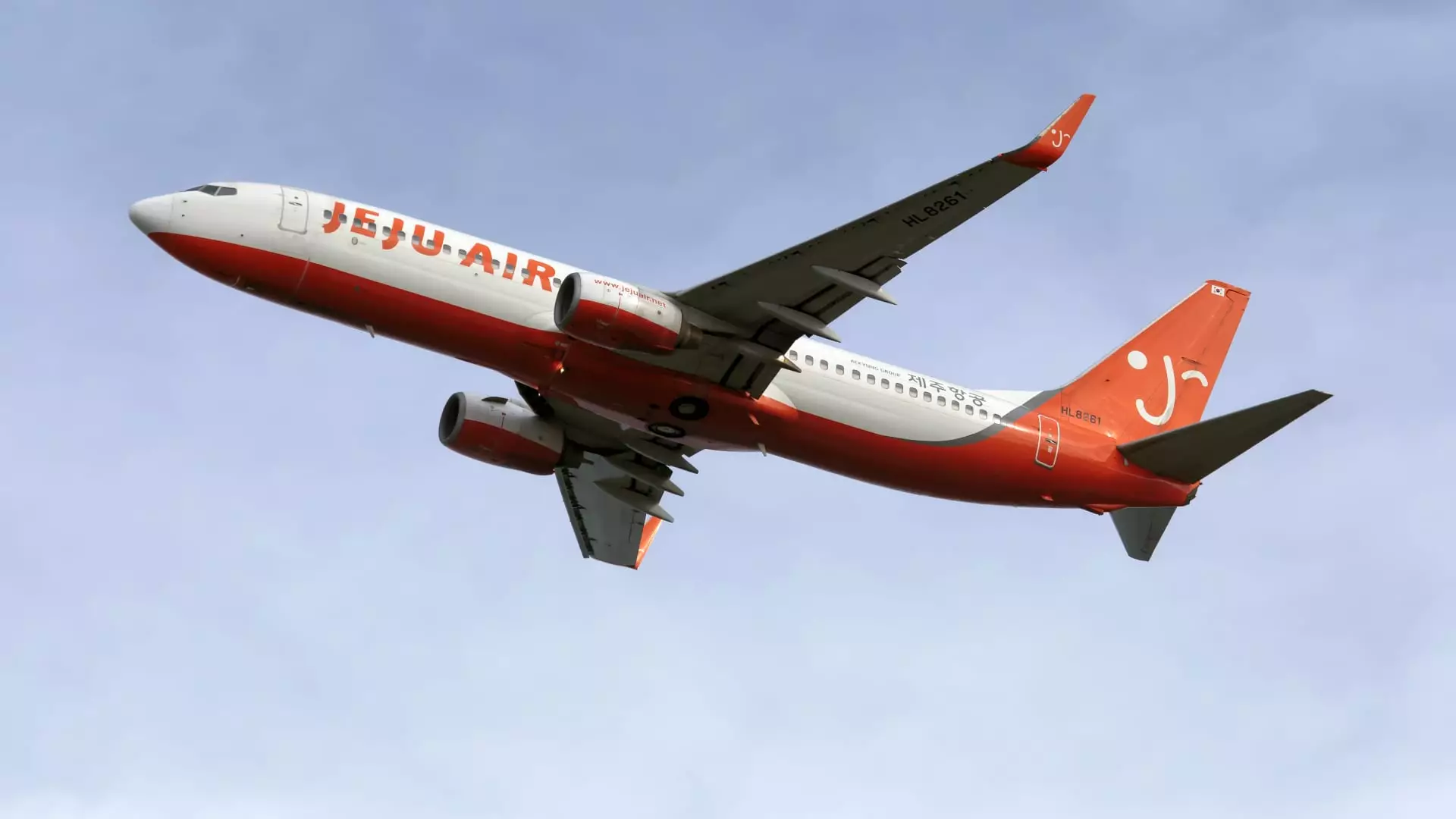A devastating incident at Muan International Airport in South Korea has sparked widespread concern and scrutiny within the aviation community. A Jeju Air flight tragically belly-landed without deploying its landing gear, resulting in a catastrophic fire that claimed the lives of 179 passengers and crew members. This disaster marks one of the deadliest in South Korea’s aviation history, prompting immediate investigations by safety officials and a thorough review of existing protocols. The implications of this accident resonate well beyond South Korea, reigniting discussions on aviation safety standards globally.
In the immediate aftermath of this incident, South Korea’s acting president, Choi Sang-mok, initiated an emergency inspection of all Boeing 737-800 aircraft, the same model that was involved in the Muan accident. This model is commonly used worldwide, accounting for approximately 17% of the global commercial passenger jet fleet. Historically, the Boeing 737-800 has maintained a robust safety record; however, the unexpected failure of this aircraft has raised critical questions regarding maintenance routines and operational checks. The Israeli-built aircraft, which has been in service for around 15 years, had undergone several inspections since its delivery in 2017, raising the concern of whether lapses in procedural adherence might have contributed to this tragic event.
Aircraft safety investigations often delve into various factors that could contribute to an accident. Initial theories suggest that a hydraulic malfunction may have prevented the pilot from deploying the landing gear. However, as aviation experts point out, pilot operations allow for manual deployment, raising further questions about the proper execution of emergency protocols. In addition, another unsettling theory about a possible bird strike may have led to engine failure, a scenario that could significantly diminish the available response time for the pilots.
Jeff Guzzetti, a seasoned air safety investigator from the U.S. National Transportation Safety Board, opined that if the plane had not encountered a significant obstruction at the end of the runway, the outcome might have been less catastrophic. This analysis highlights the role that external factors play during critical flight phases, emphasizing the need for comprehensive risk assessments concerning wildlife interactions near flight paths.
International aviation protocols dictate that the host nation takes the lead in investigating such disasters, a duty currently resting with South Korea. However, the U.S. team, including representatives from the NTSB and Boeing, is heavily involved in the inquiry due to the aircraft’s U.S. manufacturing and certification. This collaborative approach aims to ensure a thorough investigation, but it also raises the question of accountability as various stakeholders seek to identify the root causes of the tragedy.
As the investigation progresses, it is anticipated that the full report could take more than a year, a timeline that often frustrates families eager for answers. In the meantime, the incident’s publicity has already led to renewed discussions about aviation safety regulations, aircraft design, and pilot training protocols.
This crisis serves as a stark reminder of the inherent risks associated with air travel, particularly within a context where certain aircraft models dominate the fleet. The Boeing 737-800, despite its reputation for safety, shares an unfortunate legacy with the grounded 737 Max, which was implicated in two distinct fatal accidents. Such comparisons not only cloud public perception but also prompt a reevaluation of the aviation industry’s commitment to safety issues.
The collision of various factors—airworthiness, routine inspections, weather conditions, and pilot performance—also begs an examination of existing safety protocols, emphasizing the need for enhanced training and rigorous oversight practices. Additionally, as the aviation industry rebounds from the impacts of the COVID-19 pandemic, attention must be paid to ensuring that safety remains a priority amid increasing air traffic demands.
The tragic incident involving Jeju Air highlights significant challenges at the intersection of safety, management, and technology in aviation. As investigations unfold and discussions amplify regarding protocol reforms, there remains a glimmer of hope that lessons learned from this disaster might contribute to a safer future in global air travel. The aviation community must prioritize learning from such incidents to mitigate risks and bolster public trust in air travel, which remains one of the safest modes of transportation when proper measures are effectively implemented.

